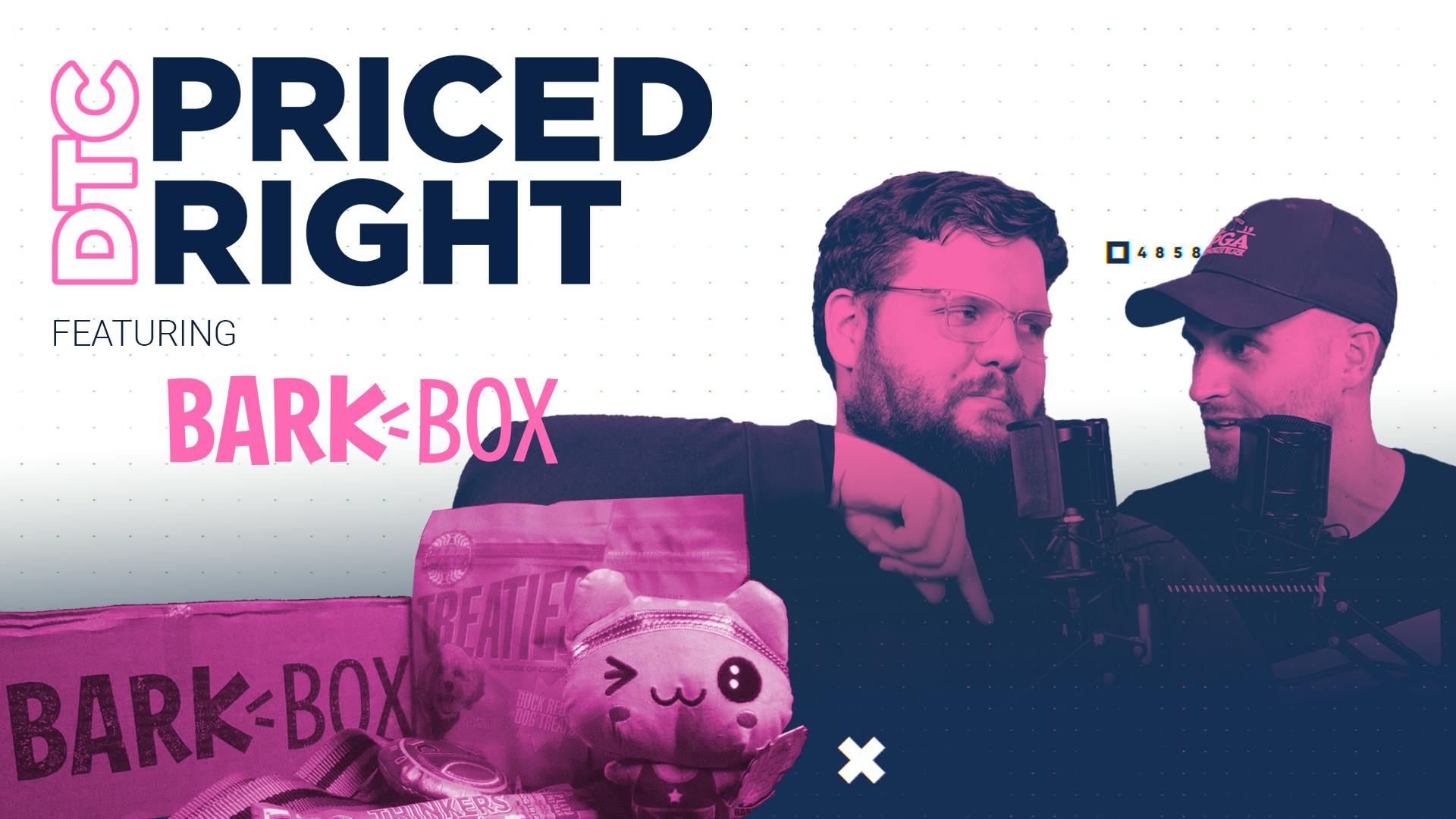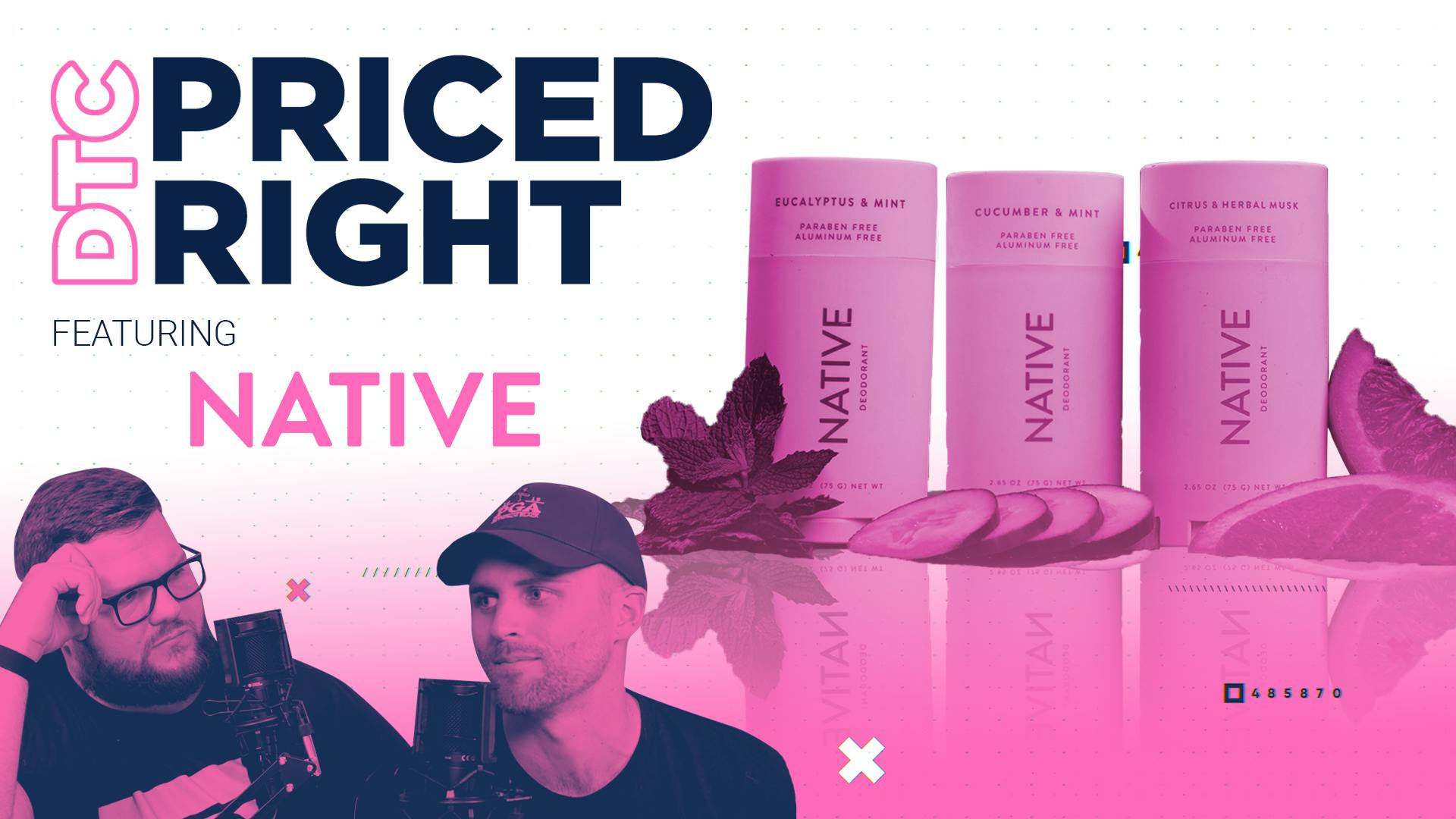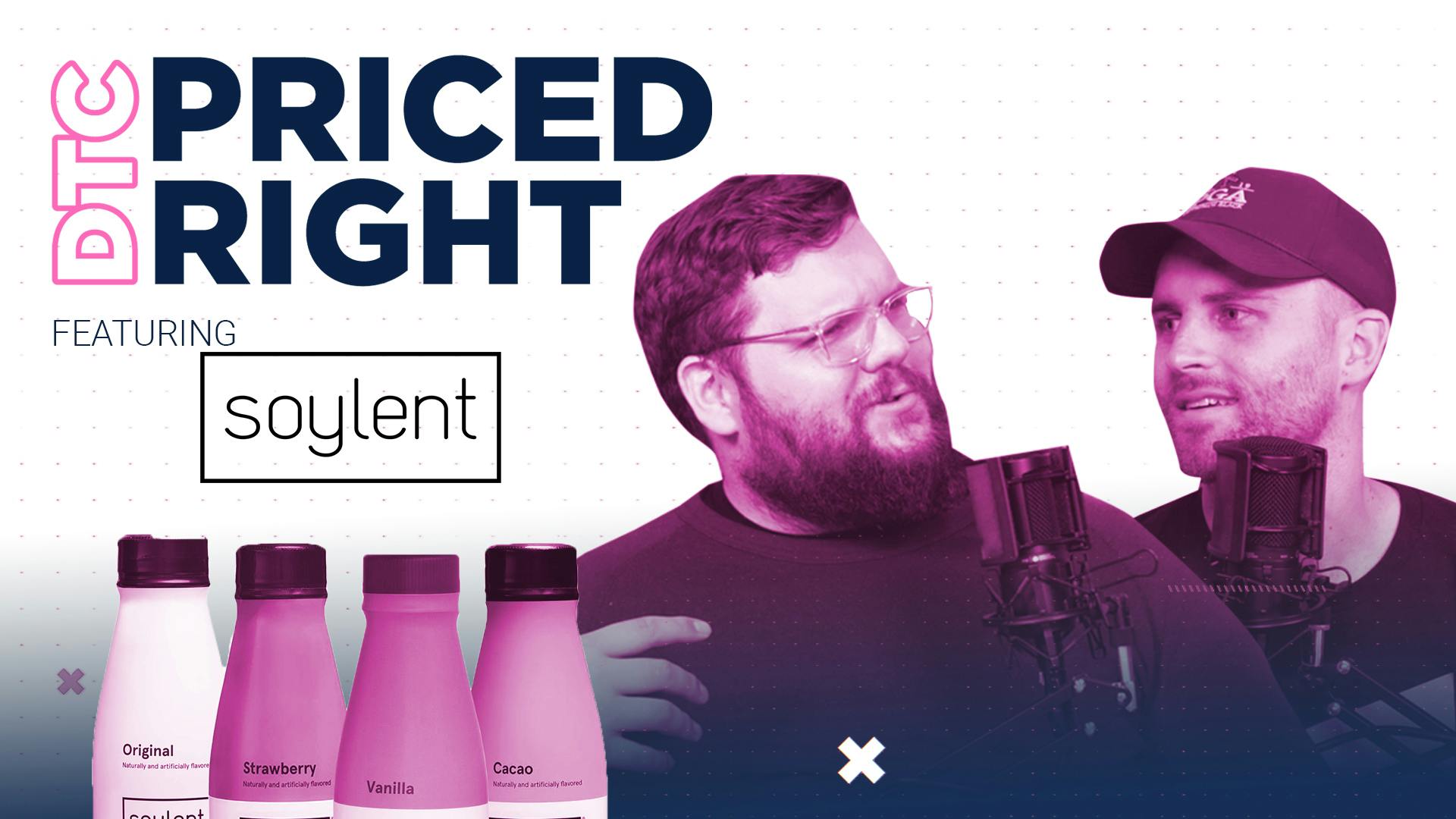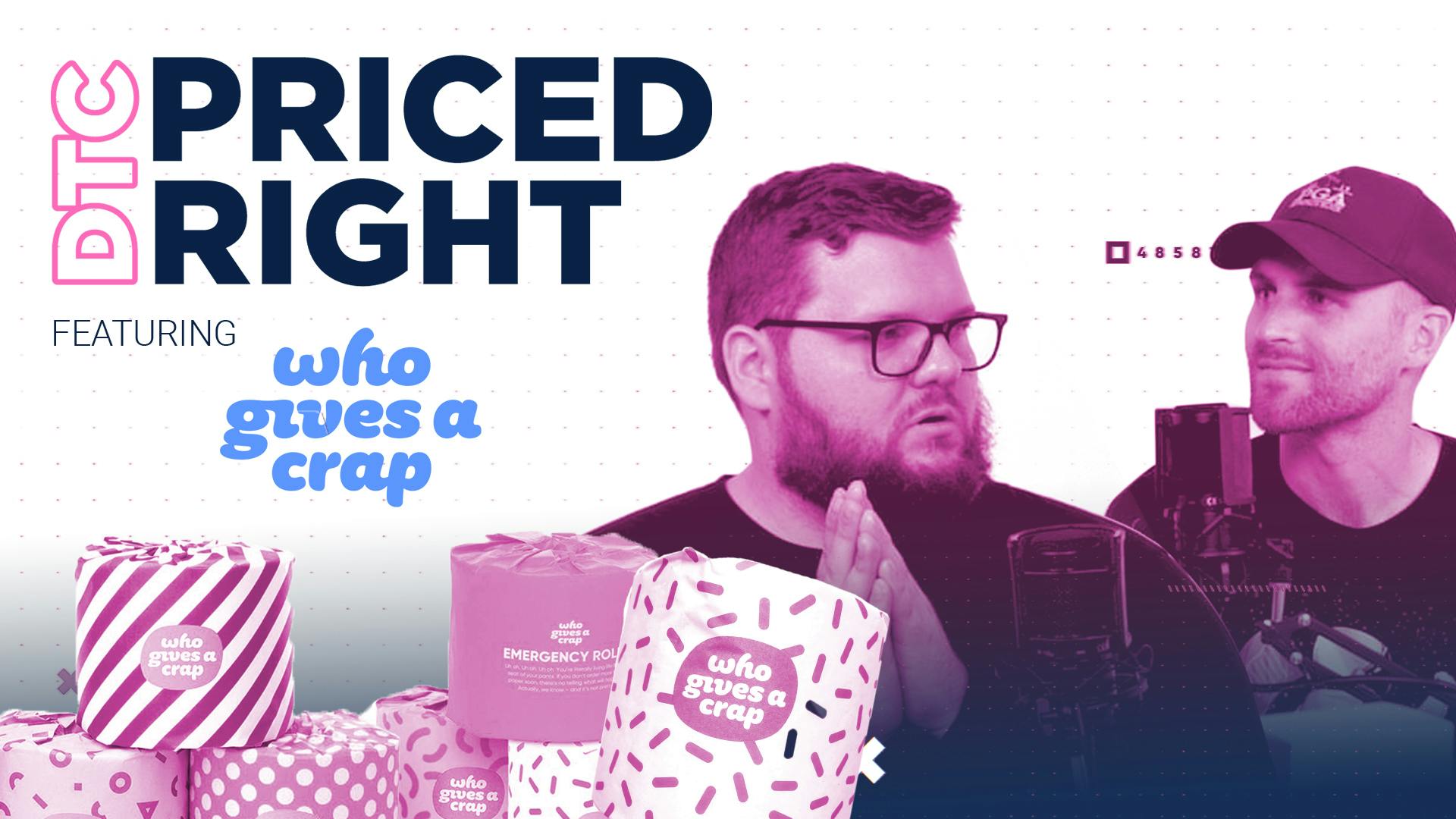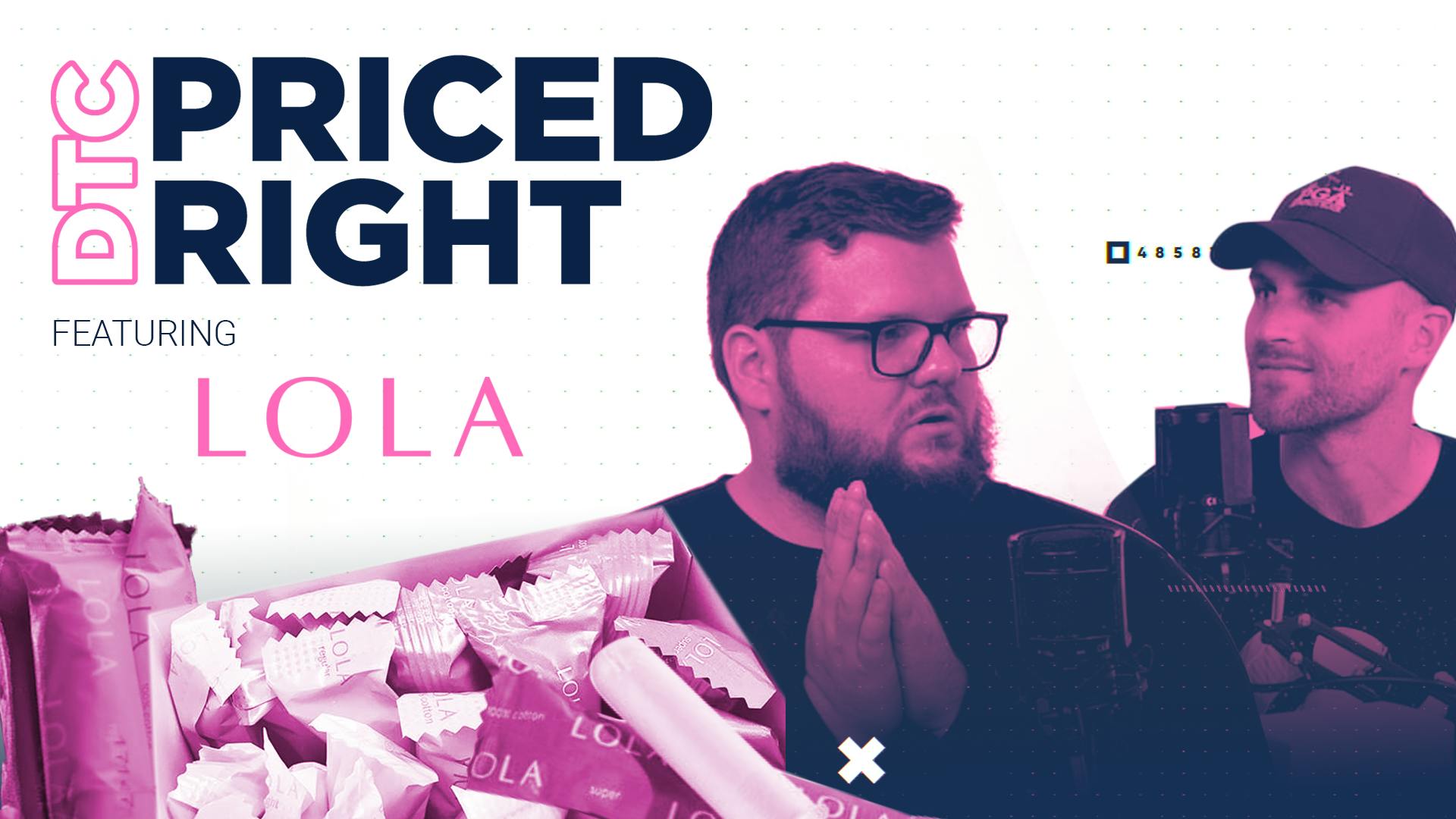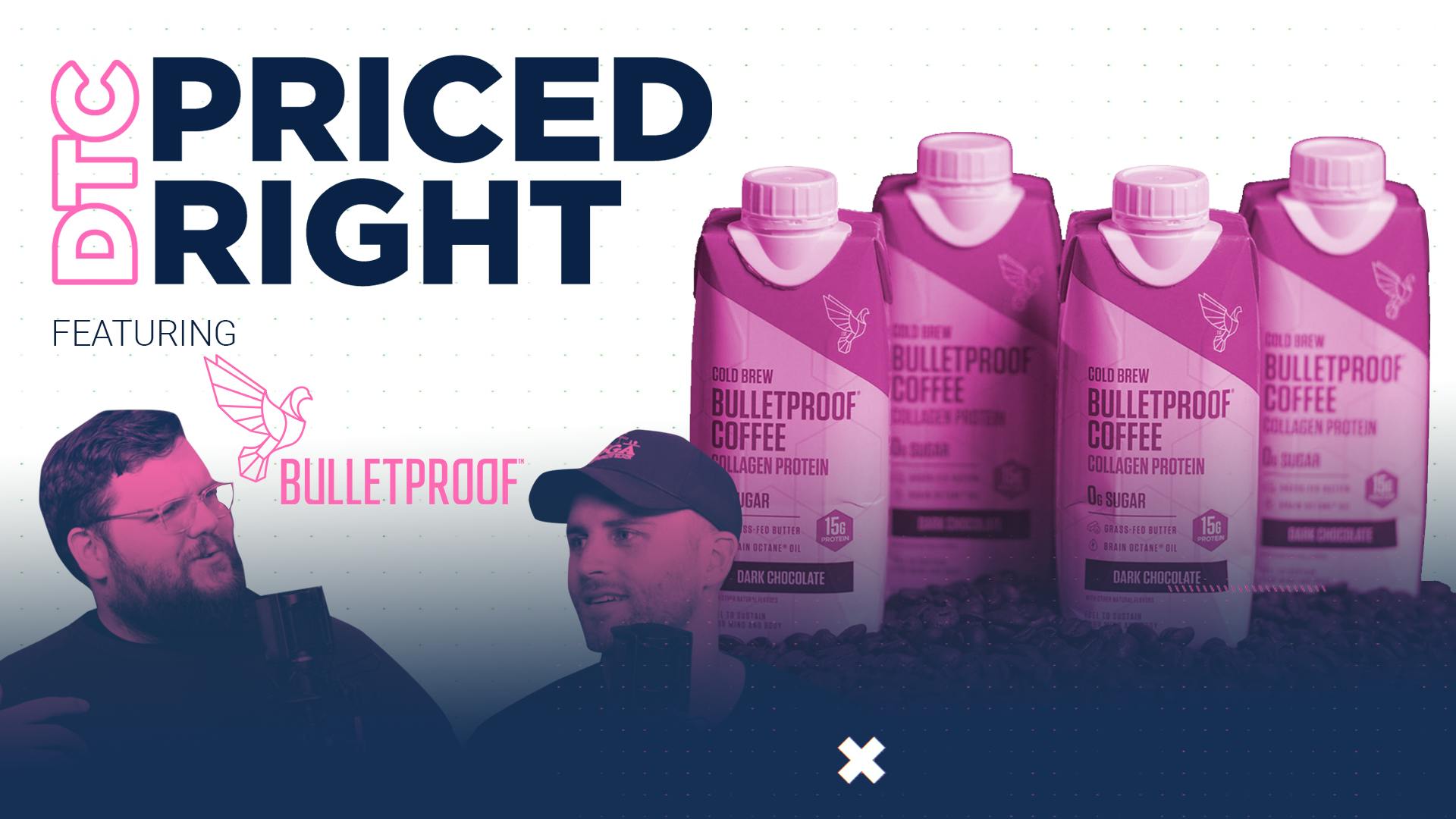
BRCC—a coffee rich in identity
This episode might reference ProfitWell and ProfitWell Recur, which following the acquisition by Paddle is now Paddle Studios. Some information may be out of date.
Please message us at studios@paddle.com if you have any questions or comments!
This week we're talking about a brand that some would call controversial, but I don't think they should. It's a brand that has taken a commodity like coffee and imbued an identity, a vibe, a culture into it, as well as patriotism—supporting the troops, law enforcement, veterans, and first responders. That company is Black Rifle Coffee Company.
We'll break down what Black Rifle Coffee Company is doing well when it comes to its monetization, and where it needs improvement. I'll wrap that all into a nice little case study so that you can help your monetization strategy and get it moving in the right direction.
Black Rifle Coffee Company's identity and quality have created a lucrative business with estimates putting them over 100 million in annual revenue. This led to many conservative influencers like Ben Shapiro, Tom Lauren, and Sean Hannity aligning with BRCC. BRCC has been successful in building a company culture that many identify with. But is that enough to instill loyalty and make their customers stick around?
Below are some valuable takeaways you can use for your own business.
- Social causes or stances can boost willingness to pay considerably.
Don't be afraid to lean into your social cause or stance.
People buy these brands for an identity-based reason—amplify or take advantage of that. - Memberships should go beyond the product.
The holy grail of DTC is commerce, community, and content.
Wrap those into a membership, and clarify what the community would get.
People are willing to pay for these things that go well beyond the product. - Quarterly, semi-annual, annual plans, these offers help immensely with churn.
Optimize for term.
Longer-term subscriptions retain customers at a 15-30% percent higher rate than monthly subscriptions.
Use offers, not percentages to get customer to upgrade or sign up fo longer-term subscriptions.
Black Rifle Coffee Company
Coffee and American freedom go hand in hand. That’s not just a statement. That’s reality of our founding. In 1773 a group of American revolutionaries tossed 92,000 pounds of tea into the Boston Harbor for a nice little Boston Tea Party. Yet this million dollars of destroyed tea was only the beginning—John Adams then started a boycott, calling tea a “traitors drink” and started a wave of Americans renouncing tea for coffee as another grate against the British.
200 years later Black Rifle Coffee Company continues this tradition as their founder Evan Hafer turned his love of coffee and country into a brand that’s imbued a culture directly into a seemingly commoditized product. The idea for the brand came to him as he was pursuing the perfect roast and blend while serving as a Green Beret and a member of the CIA. Since 2003 he’s been modifying military Humvees so he could grind and roast coffee while deployed to Iraq, Afghanistan, and I’m sure some places he could tell us, but then he’d have to kill us.
BRCC's success
Upon returning stateside he decided to create a brand that combined his passions of coffee and giving back to those who serve. Thus, Black rifle Coffee was born. BRCC’s success comes down to factors.
First Black Rifle Coffee makes a commodity mean something by aligning it with identity. You may think referencing the second amendment in your name would be problematic, but going all in on a group actually accelerates growth. Blends like “Freedom fuel” and “Liberty Roast” evoke a brand that’s geared towards those who connect with the military, police, and first responders. Black rifle is unapologetic, and whether you love them or hate them, this marketing gets your attention, because they’re not just selling coffee—they’re selling cultural identity.BRCC also makes quality number one. You can’t compete with a commoditized product just on brand and positioning. The product has to actually be good. Since the beginning Hafer and his team have obsessed over bean selection and roasting methods, importing directly from Columbia and Brazil. They also roast five times per week to shorten the distance between roast and when you get your coffee in the mail. The goal is for you to always get a superior cup of joe every time.
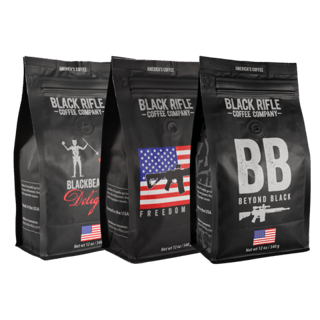
This commitment leads to a wide variety of roasts that even those against the second amendment can get on board with. With strong caffeinated coffees that are dark, bold, and smoky to light roasts that go down easy with smooth, sweet, and floral notes. Whatever your palette, you can find a blend to indulge in and get you moving.
BRCC’s identity and quality has created quite a lucrative business with estimates putting Black Rifle Coffee over $100M in annual revenue, leading to many conservative influencers like Ben Shapiro, Tomi Laurhen, and Sean Hannity to align with BRCC and thousands of raving reviews.
It's Gotta be Good Coffee
Black Rifle Coffee was started by this guy named Evan. Green Beret, special forces. I think he did a stint in the CIA as well on the civilian side. When he was deployed, he wanted high-quality coffee.
I remember when my dad was deployed. That was the one thing he complained about when he was in Iraq. He couldn't find good coffee.
Evan would roast coffee in the back of his Humvee. It was his Squad's Humvee. Many people would wake up to the sound of his grinder and the smell of great coffee. And I think even a CEO or his squad leaders became interested. So he started selling it. I think it was called "freedom roast' at first. He was playing on his veteran status.
The starting point is that it must be good coffee. And I think that's what a lot of DTC brands miss. When you have a commodity product like coffee, it doesn't matter how much branding you put on it. If the product sucks—no one's going to drink it. No one's going to continue to buy it. No one's going to have the word of mouth like Black Rifle Coffee has had.
What I like about it is that they have a stance. They've taken that stance to take a commodity and pull it out of this generic realm, and say, "Hey, it's high quality." They have a bunch of different blends and many different roasts and from there, they can sell it into a market.
But I've discovered they might be alienating some folks. I don't think they mind. But they might still be doing it.
Let's take a look at the pricing page and unpack some of the data we found on their current and prospective coffee drinkers.
BRCC's pricing page
Variety
Variety becomes vital when you have different tastes in a large and fragmented market. What Black Rifle Coffee has done well—and they've done it in the wrap of their branding—is every one of these products has different names connotative to their position.
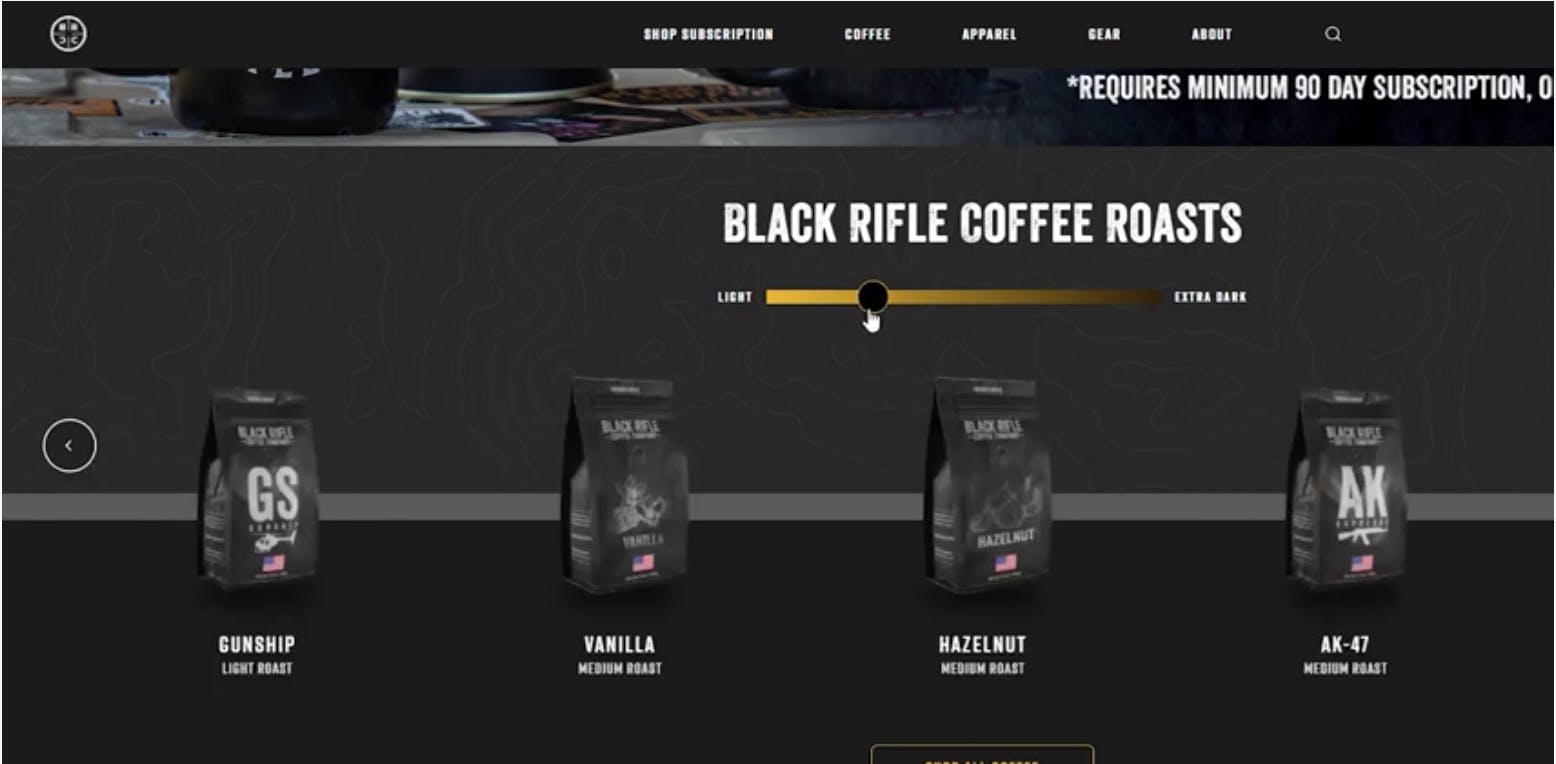
They have the whole bean. They have a grinder. And for those of you out there, buy a grinder. Go whole bean. Just buy a grinder! It'll change your life in a lot of different ways. (If you're able to, of course.)
BRCC has expanded, not only in terms of flavor palette but also in use cases. I think that's a powerful thing to think about. Those multiple vectors for your product, whether it's beauty, skincare, coffee... all sorts of different things. There are different use cases, and there are different use types.
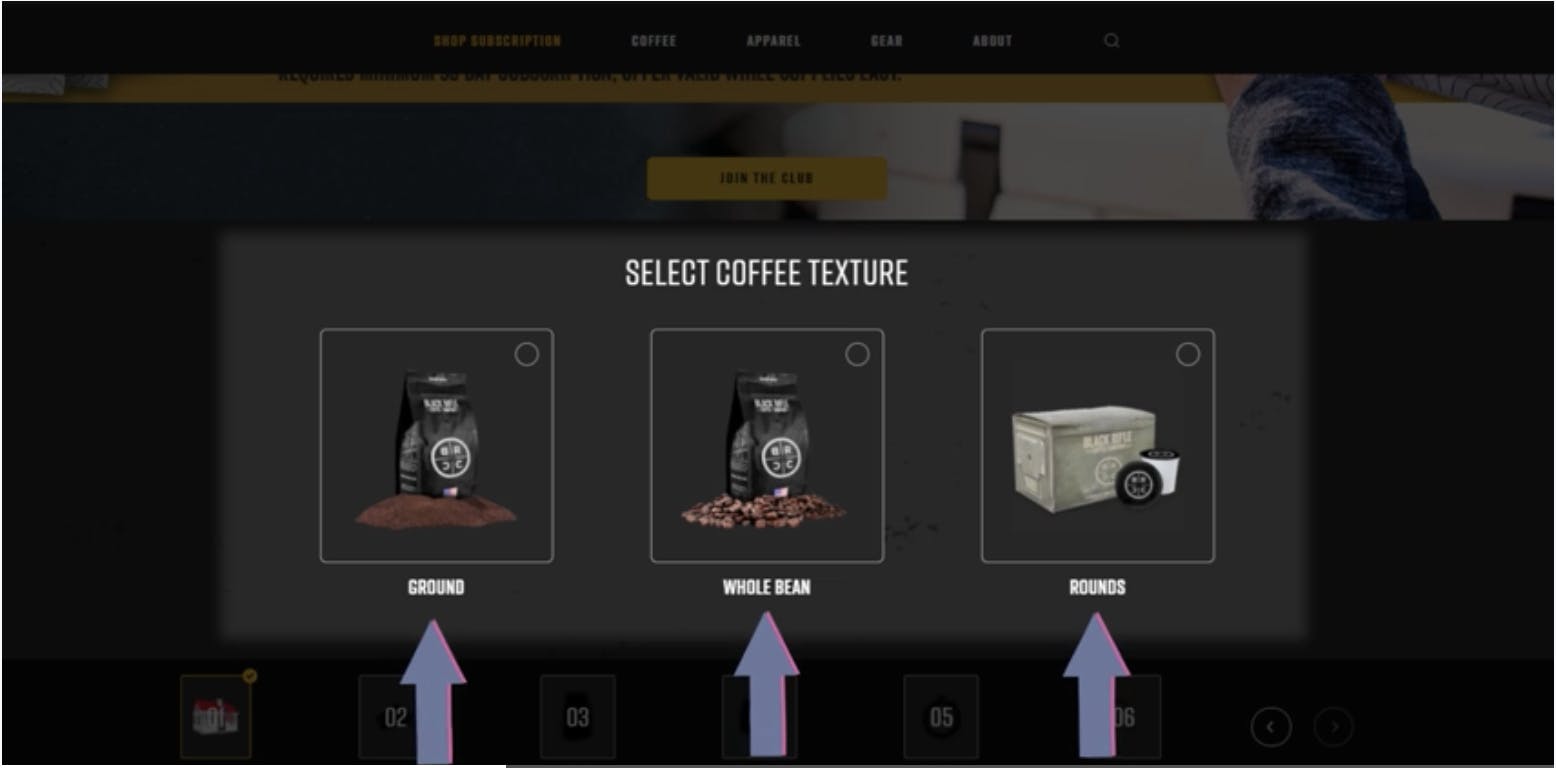
I think that Black Rifle Coffee leaned into that. Many other coffee brands haven't figured that out: it contextualizes consumption for products that are delivered periodically.
Custom Usage
This is a powerful thing when dealing with a product used at different paces among your customers. Some folks drink multiple pots of coffee a day. Other people drink one cup of coffee a day. There's a whole host of different use cases. What Black Rifle Coffee does in their flow here, in step four, they ask how much and how often.
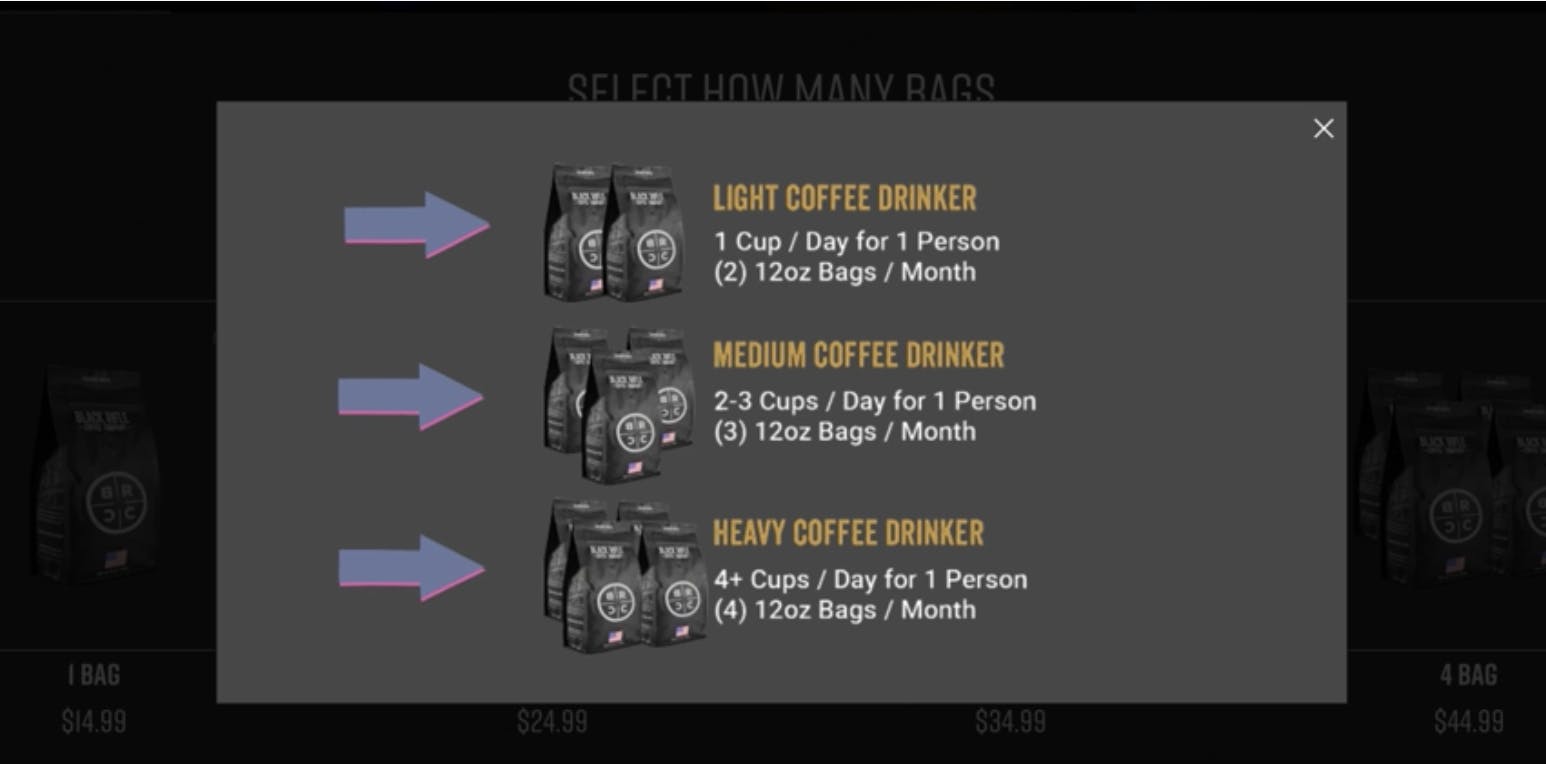
They're saying a light coffee drinker is looking at one bag. A medium coffee drinker wants multiple bags, and a heavy coffee drinker needs more multiple bags in a given period.
BRCC allows you to choose. Are you a one-bagger or a two-bagger? And then you see—and this is one thing I don't think they do well—the price per bag decreases. And there's a minimum purchase there. There's at least a $15 minimum purchase per delivery.
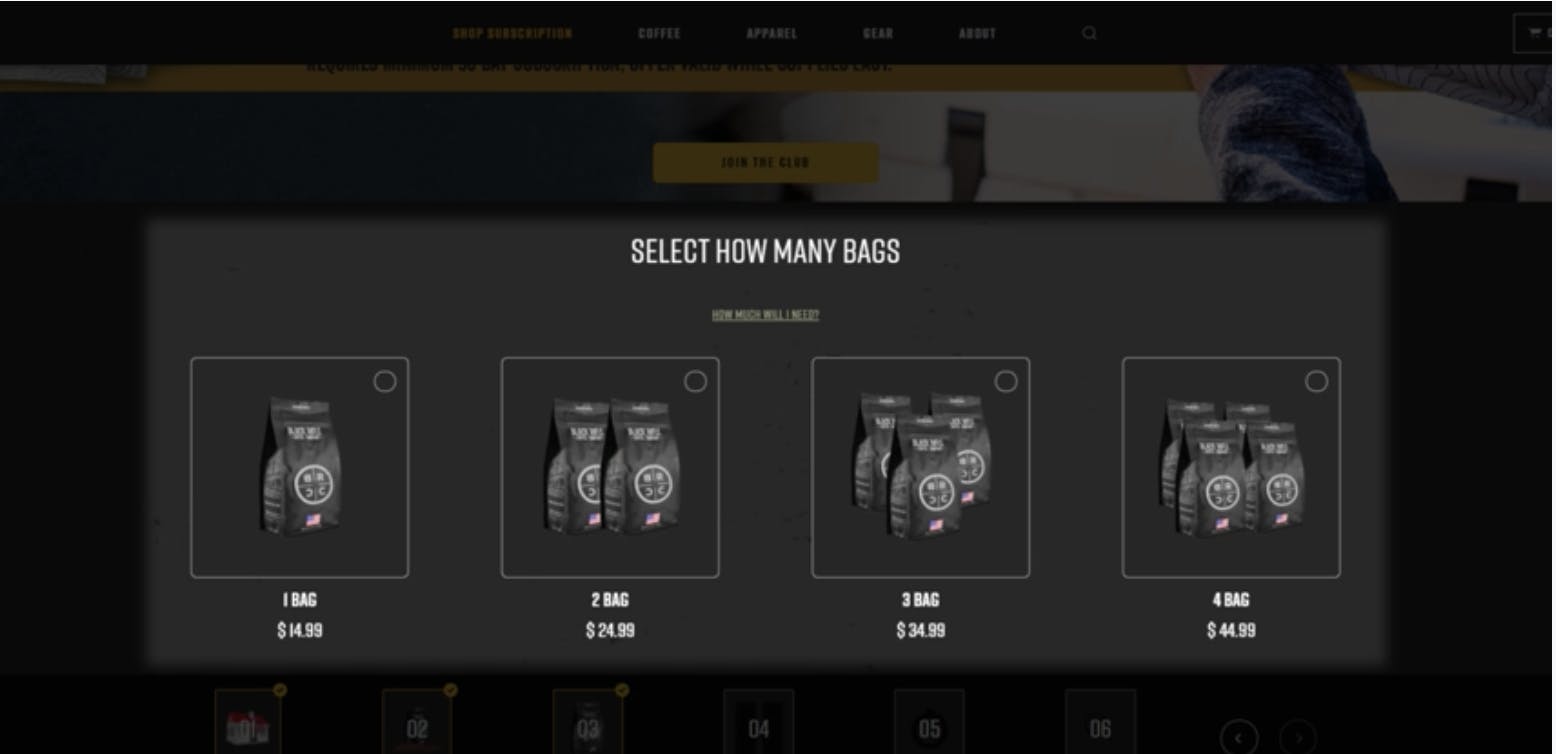
So Black Rifle Coffee is saying "If you get two bags, there's a bit of a discount." You must be careful with this. If the customer doesn't use the coffee, and you send the next shipment, it could cause some churn, some cancellations to come through the door.
I liked this flow. In the current market, it doesn't always make sense for DTC companies to have a monthly subscription. But many people drink coffee every single day. It's a habit. So it makes a ton of sense for those folks to be on a subscription, and BRCC makes it super easy to figure out precisely what you need.
Data and analysis
Social causes and stances
Social causes or stances can boost willingness to pay considerably. I mean, there are so many types of products out there in DTC: supplements, coffee, skincare... all these things are commonly use products.
BRCC has taken the stance of chemical-free and organic. Since about 2010 until now, that's the first angle many products attempt. We've seen a lot of that. Consumers practically demand it. And I don't think Black Rifle Coffee is political at all. I believe people imbue that on them, when we look at the willingness to pay data.
We collected a bunch of data from current Black Rifle Coffee customers and prospective ones. Then, we collected data from general coffee drinkers. We asked questions like "How much would you pay for a 12-ounce package of coffee?"
We found that most people are willing to pay up to $8, to maybe $10 on the high end. For discount brands like Folgers, the price drops to $4 or $5, maybe even cheaper depending on the coffee type.
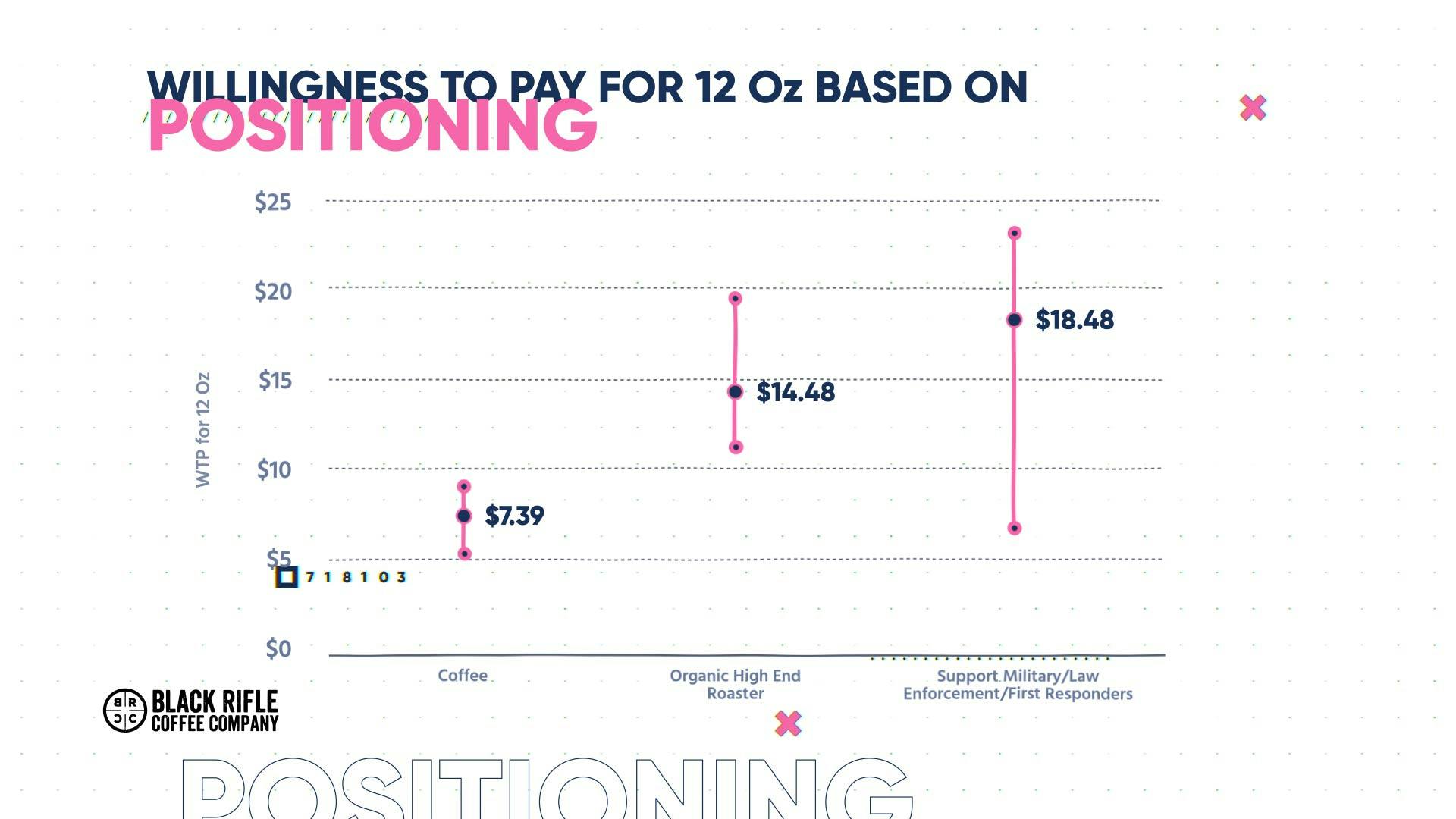
But then, look at people who are into that high-end organic roasting—willingness to pay jumps to about $15 to $20. Then, if there is a meaningful cause involved—supporting the military, first responders, law enforcement—people are willing to pay $18 to $20 or more for that coffee that has that imbued brand or that social cause baked into it.
I think the lesson here for many brands is: don't be afraid to learn from "Tom's Shoes" of the past, or some of the other brands that we've looked at that have a stance and an identity.
A lot of folks worry about pushing their market down. But look at Billie—they're mainly razors for women. Sure, they're giving up half the market with men. But it's still a multi-tens-of-billions of dollars market.
I think most people who drink BRC don't care because of the high quality. But I think it's something worth thinking through.
Political affiliation
The other thing that we did—more for fun—was a little anthropological study. We measured people's political affiliation. We didn't ask directly, "Are you a Democrat or Republican?" We asked a couple of questions and scored people as strongly left, right, or neutral.
When considering Black Rifle Coffee, we wanted to know what their willingness to pay looks like from a branding perspective. We found most neutral people found BRC interesting and are willing to pay about 10% over the median.
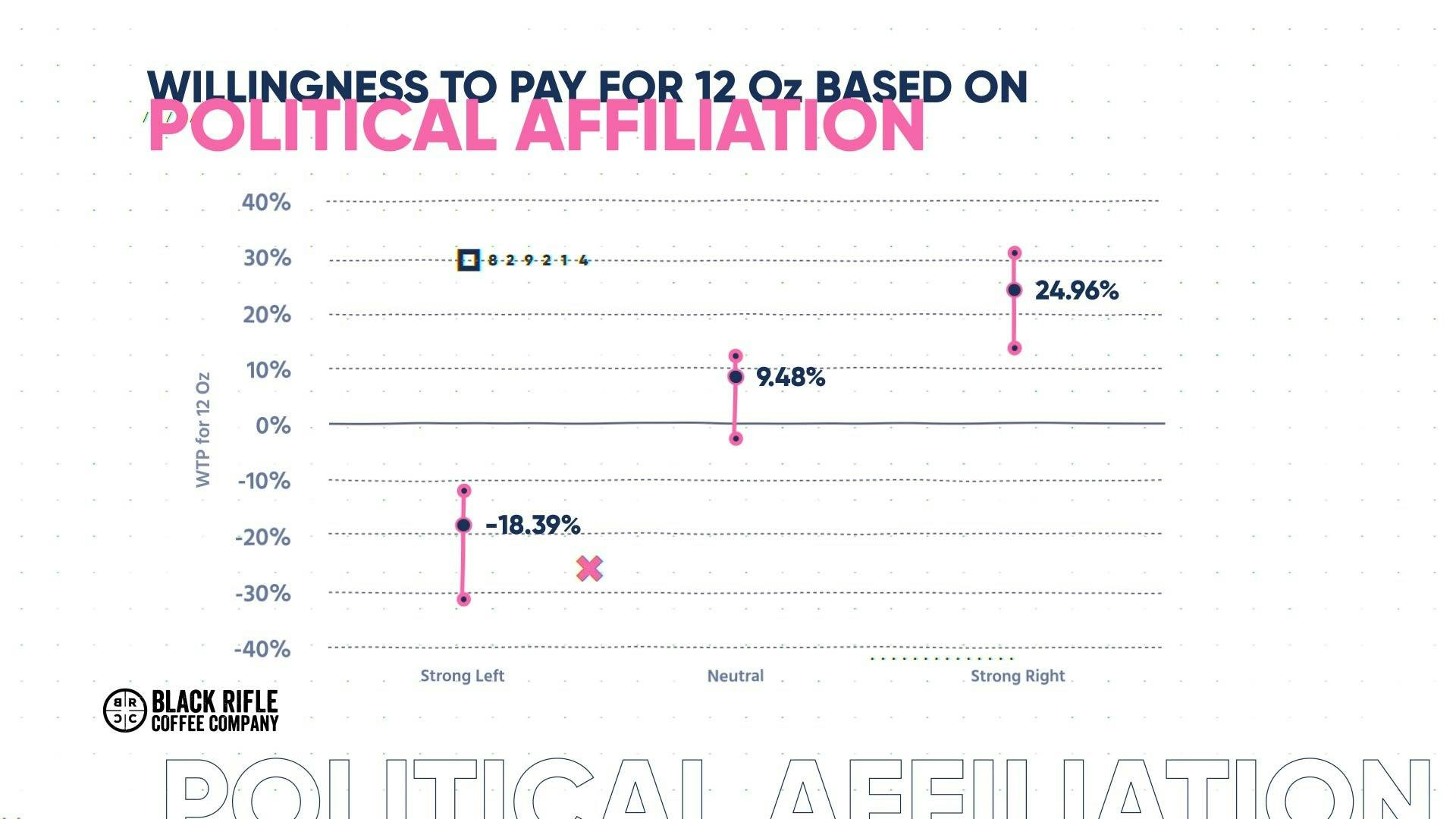
And it's important to remember, even if you don't hold strong traditional views to support veterans. You don't have to be conservative right to do those things. Even customers who are not political at all are still willing to pay a premium for the stance. I think that, unfortunately, people who are strong right are willing to pay a lot more, and consumers on the strong left are willing to pay a lot less. That breaks my heart a little, because we should be making it about the coffee. Let's make it's about the quality of the coffee.
Some people responded, "Oh, this supports the military. They must be right-wing nut jobs." I'm not saying everyone, but a good portion. Then other people responded "Yeah, it supports the troops!" Which is great, but why does that influence your willingness to pay?
Value Matrix
You're about to see something called a value matrix. Here, we collected data from the group comparing feature preferences and plotted those on the horizontal axis. More valued features on the right, less valued on the left. We then collected willingness to pay for the overall product and plotted that based on their number one feature preference on the Y axis. Analyzing data in this manner, allows us to determine which features are differentiable. Add-ons, core, or commoditized for each segment.
Memberships should go beyond the product.
Next up, why memberships should go beyond the product. You'll see here things like exclusive exotic roasts. BRCC has an exclusive exotic roast membership that's highly valued. And the people who value those exclusive exotic roasts are willing to pay more, as you would expect.
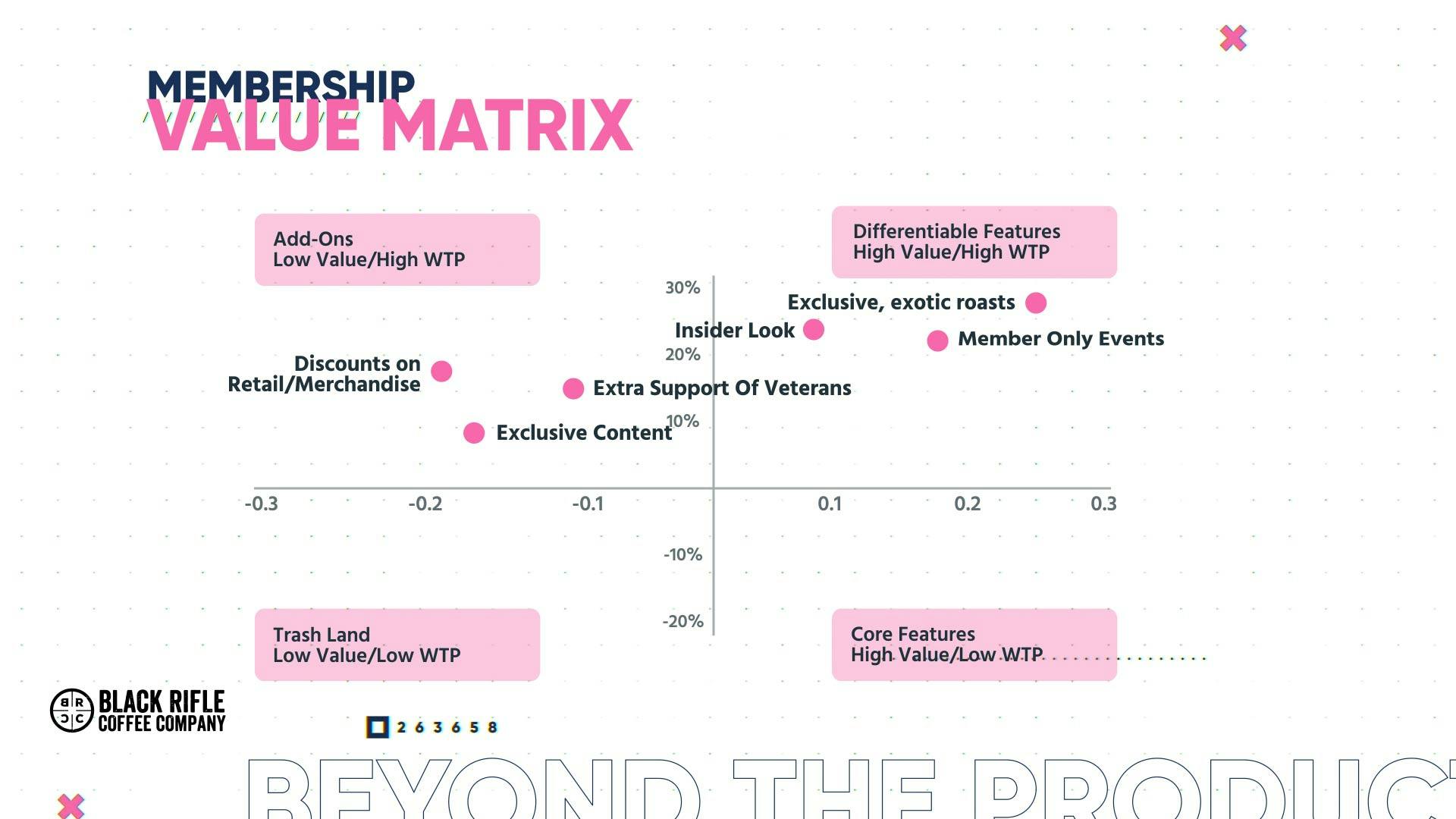
But some other things here, including member-only events. You know, the insider look. These types of things are in demand, both in terms of preference and willingness to pay. I don't think Black Rifle Coffee takes full advantage of this.
They have a publication, very similar to our Recur Network, called Coffee or Die. It's focused on journalism for veterans, law enforcement, and these types of things. BRCC just needs to connect this all. There's a high-quality product, media and content, and I think people are clamoring for community there. That would help their word of mouth more than what they've done on Instagram, Facebook, etc.
- You want to amplify that connection.
- You want to amplify that community.
- And you want to do it in a way that doesn't need to cost much but takes that energy on in a jujitsu manner—take that energy and put it in the right place.
I've talked about this before, too. The holy grail of DTC is this community, content, and commerce. You can wrap all three of those things into a membership. It's hard, but you can do it.
Quarterly, semi-annual and annual offers help with churn immensely.
I make this point with many DTC brands because they focus so much on that initial acquisition. Many DTC brands ask "How do I make sure that I'm not sending them too much or too little?"
One of the things these brands miss is a term. I don't mean signing someone up for every 30 days, 60 days, 90 days, but getting them to opt into something longer. Like, "Hey, you liked this. You've been using it for 30 days. Why not sign up for a year?"
That's something brands want to take advantage of because it reduces cancellations and those churns immensely. Not only because you have higher buy-in—and those folks tend to buy more—but because it's one purchasing decision every six months or every year versus every single month.
I noticed that in some of the discounts that Black Rifle was offering, it was "X percent off." Interestingly, this works in retail, but it doesn't work as well as a dollar amount off. Or giving away "X" months free or even giving away a free item. We've seen this with BarkBox, who does this amazingly well. One of the big things Black Rifle could do is make the discount or promotion more concrete. They should do this in all their promotions to get people onto a longer term.
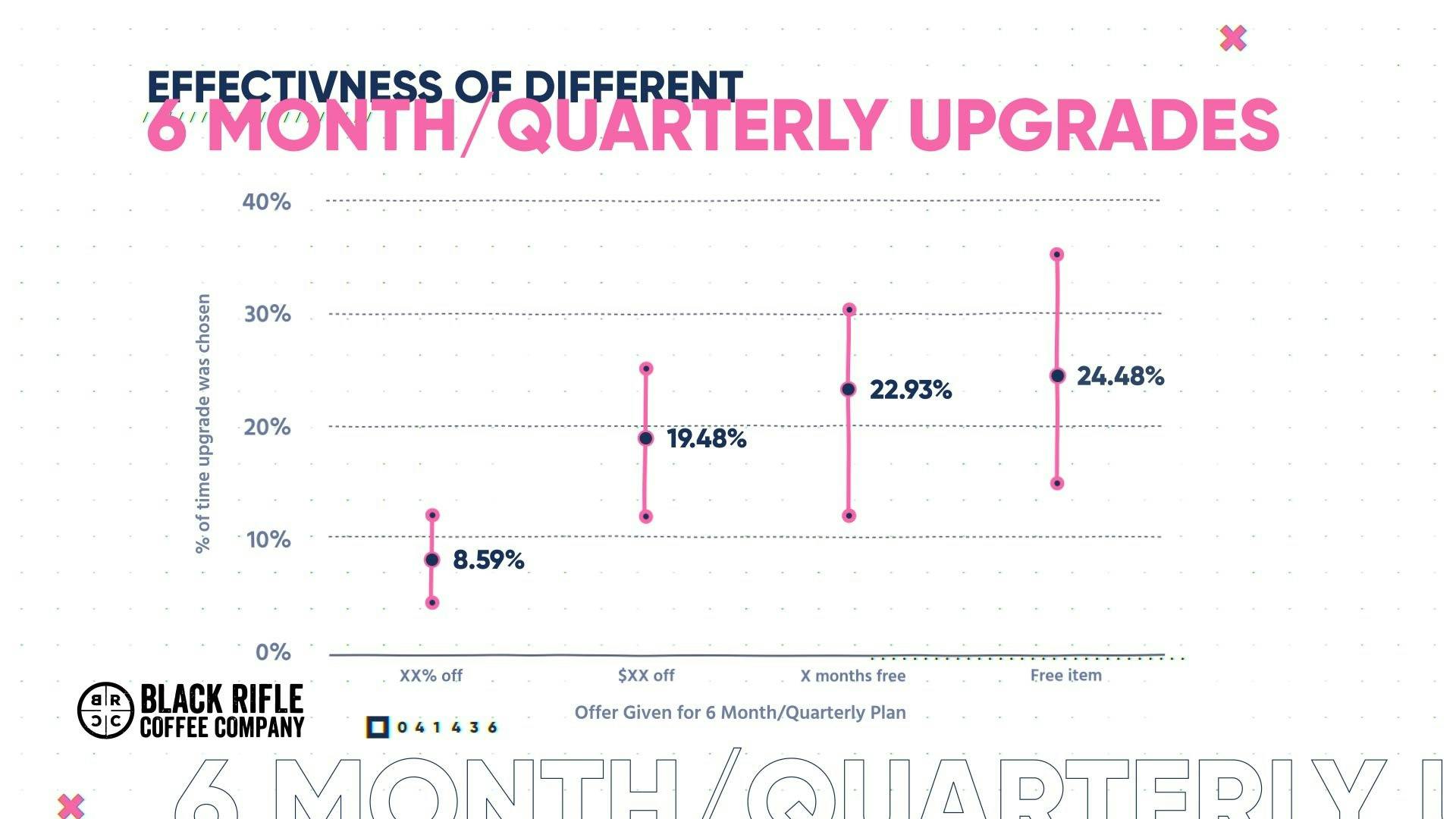
The more annual contracts you have, the more quarterly or semi-annual contracts, the lower churn and fewer cancellations. So the big lesson for everyone here—and this is the one thing that I think Black Rifle Coffee absolutely could do better—is optimizing how they look at that particular promotion and not just using percentages.
Psychologists and economists have studied this for a while. With percentages, it takes us an extra second or two to understand what that discount means. Whereas a dollar off, or five dollars off, we're like "Oh, that's concrete." Or maybe "I get this free thing that might be a limited edition." In reality, it might be old inventory. I think that's a significant concept. "Sign up for a year get three months free'" or something like that.
Recap:
- Social causes or stances can boost willingness to pay considerably.
You don't have to be even close to something political. I don't think Black Rifle Coffee is trying to be political intentionally. I think a lot of people imbue that onto their brand. They're just trying to support veterans and law enforcement and first responders.
Remember, people are buying these brands for an identity-based reason. You want to amplify or take advantage of that rather than sit on the sidelines and rest on quality. Although you absolutely need quality even to compete. - Memberships should go beyond the product.
The holy grail of DTC is commerce, community, and content. Black Rifle has all three of those things circling each other. Make it more concrete, wrap those into a membership, and clarify what the community would get. We found in the value matrix that people were willing to pay for some of these things that go well beyond the product. And BRCC can take advantage of it. - Quarterly, semi-annual, annual plans, these offers help immensely with churn.
And I don't believe many DTC brands are optimizing for this at all. You don't have to ask them just to check out or even at checkout at all. You can ask these questions after their first month, second month, whatever. Say "Hey, we appreciate you. We'd love to give you this offer to..." Or you can build them up front.
